This boat is a pint-sized version of a well-known and respected type that worked Lake Michigan from the late 19th century until the beginning of World War I. It’s called a Mackinaw boat—though historically that name applied to a range of boats that have only tenuous family connections.The plans for this 18-footer, designed by Nelson Zimmer, appeared in WoodenBoat magazine in July 1978. The first example was built as an exhibition in the lobby of a bank. Subsequent accounts of that project suggest that it remained on display there, never to be launched.The WoodenBoat design review stated that “The spars and gear are simple, inexpensive, and not particularly finicky. An unusual detail is the main and mizzen halyards’ arrangement, combining peak and throat into one line for each sail.” A single halyard for a gaff-rigged boat cuts the volume of spaghetti in half.
Join The Conversation
We welcome your comments about this article. If you’d like to include a photo or a video with your comment, please email the file or link.
Comments (8)
Leave a Reply
Stay On Course

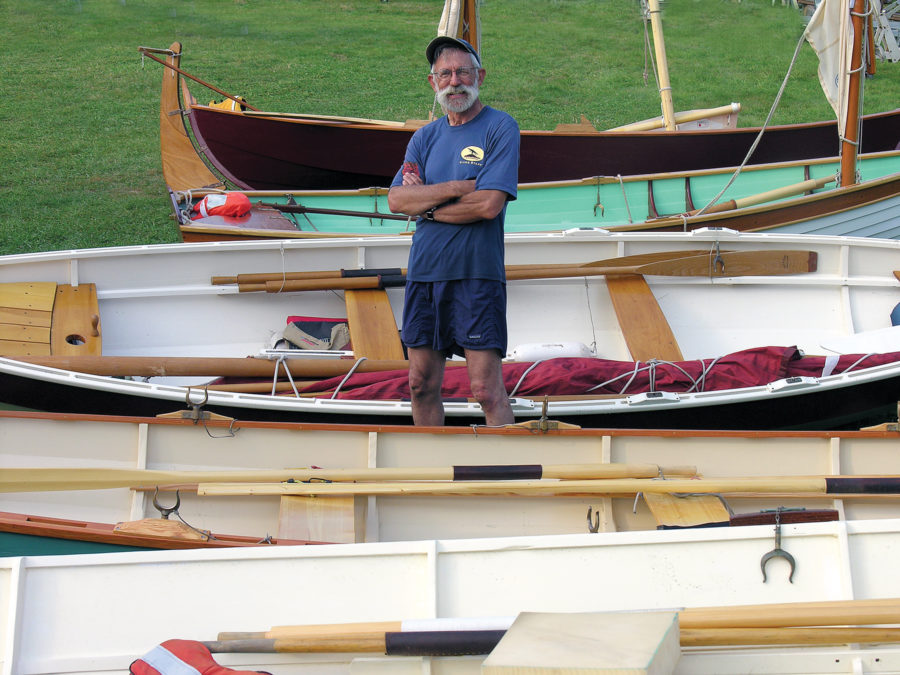
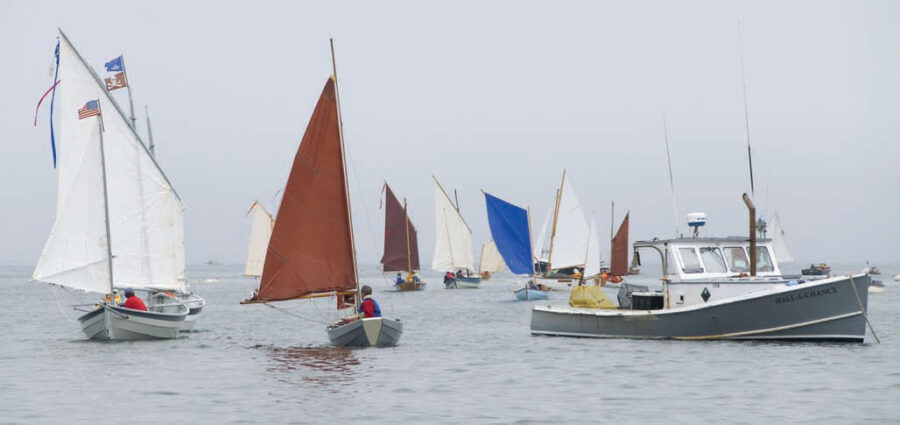
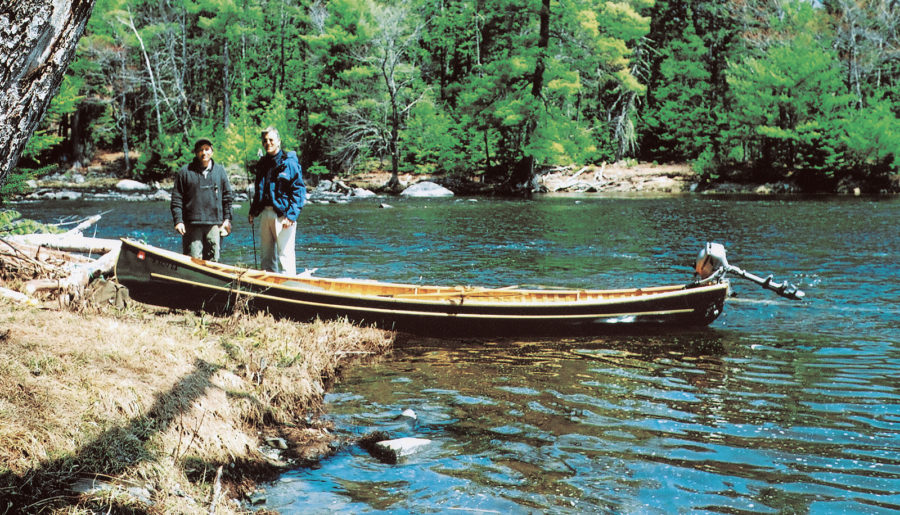
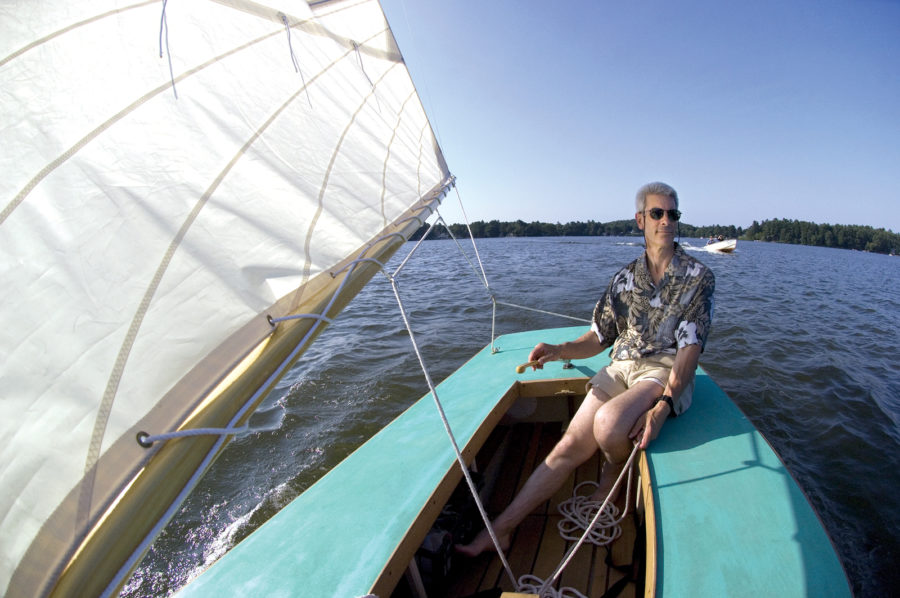
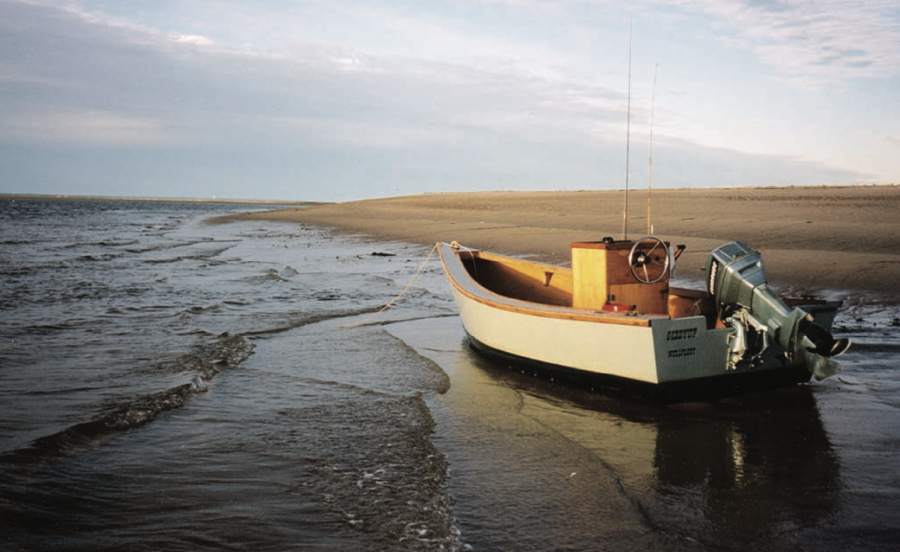
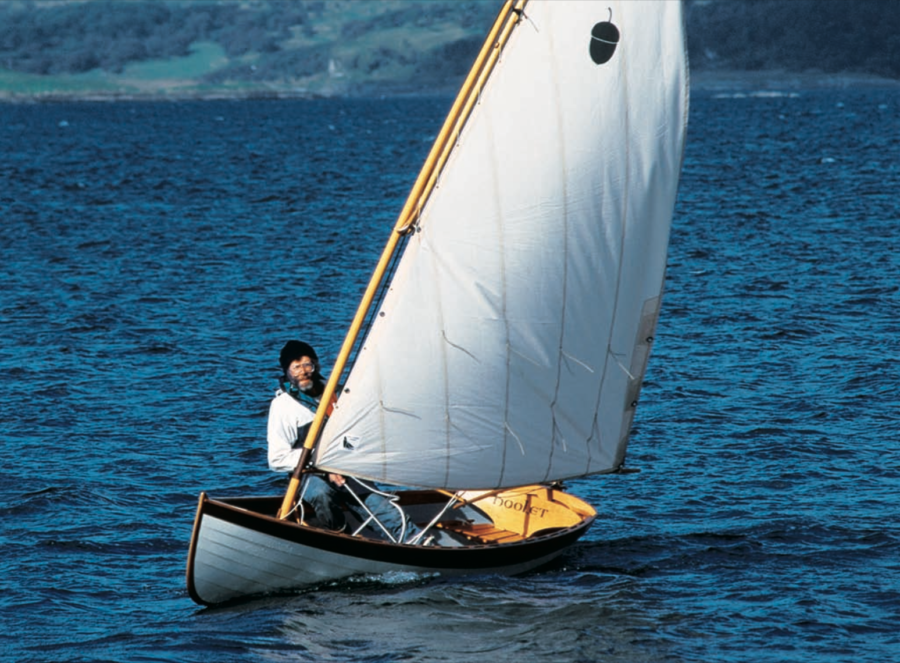
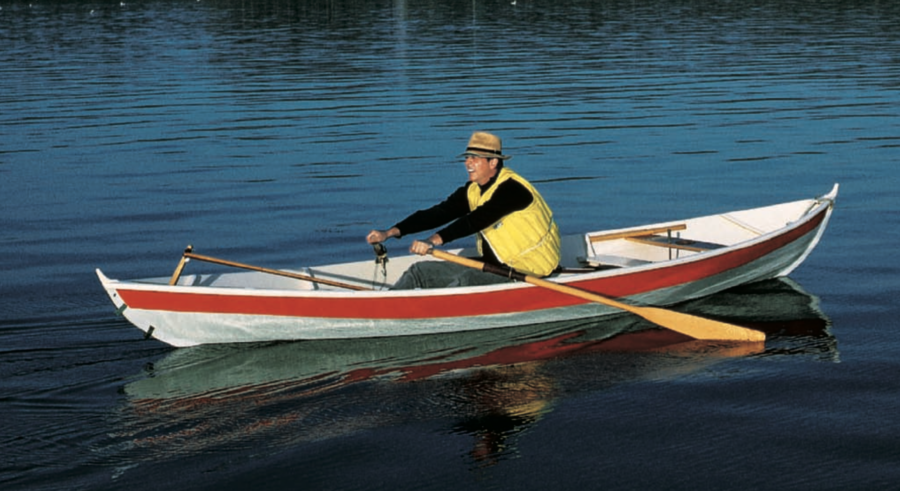
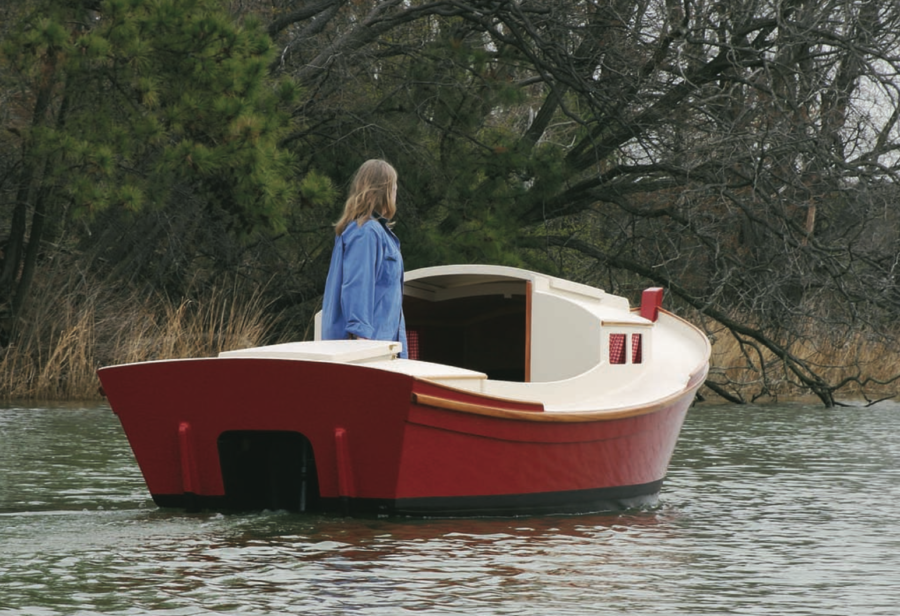
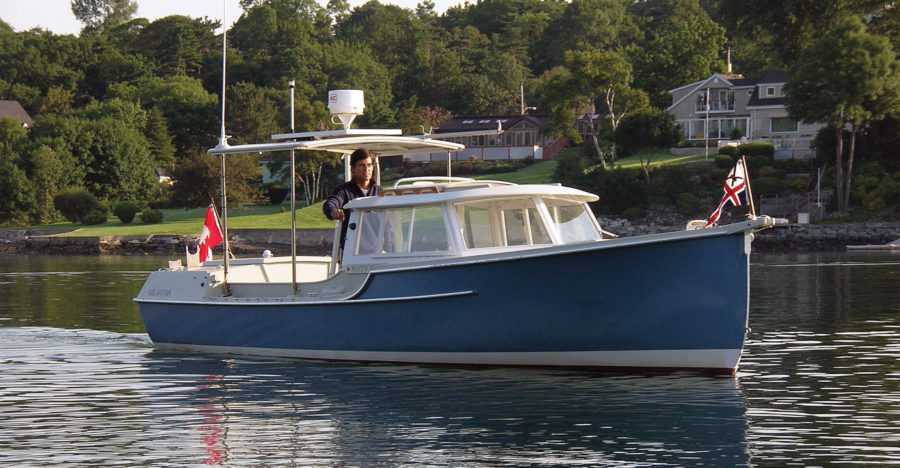
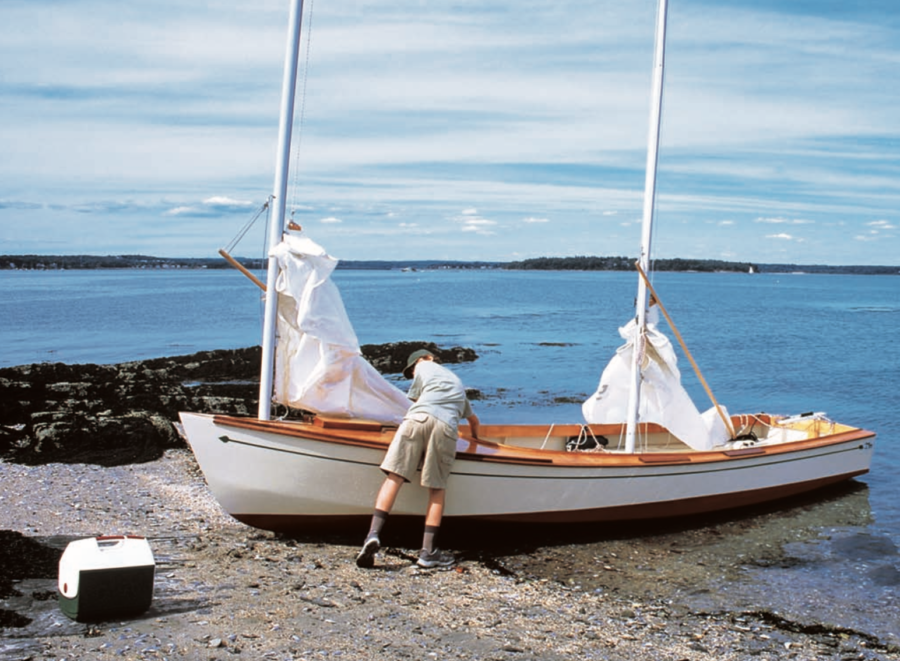
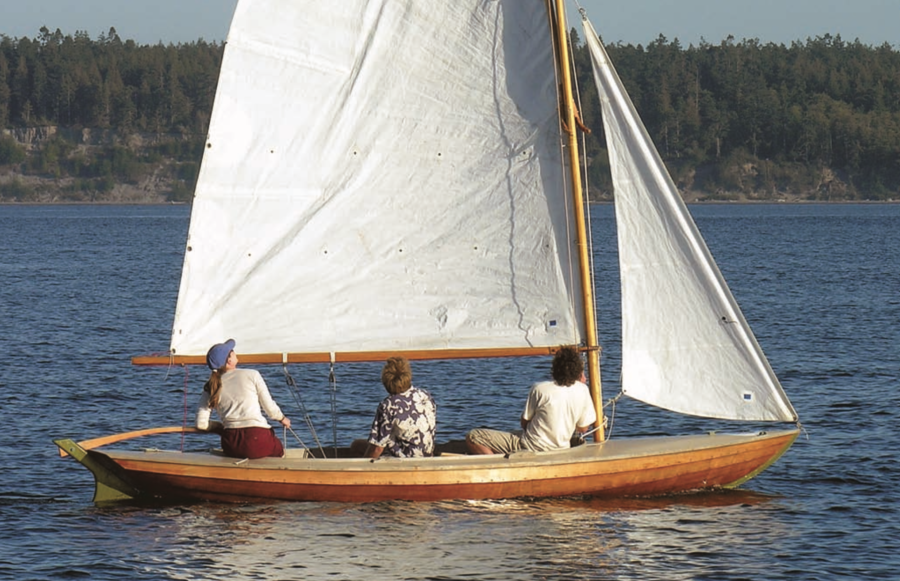
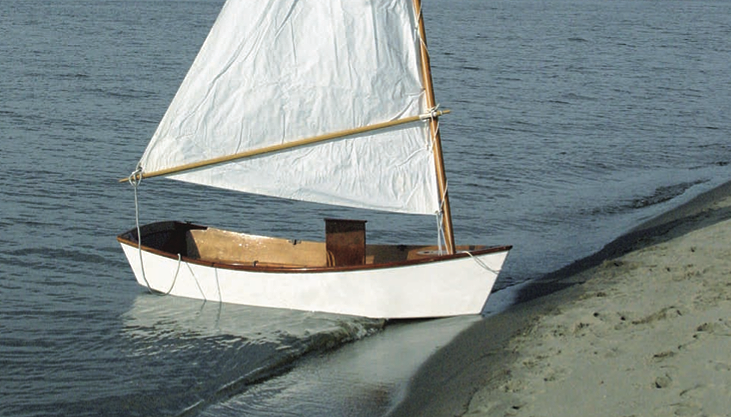
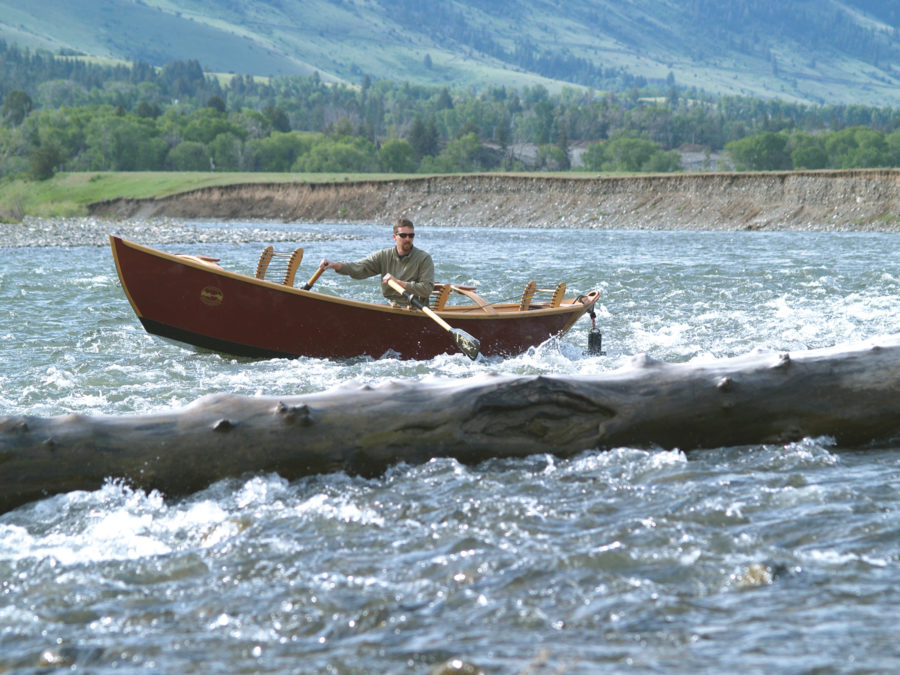
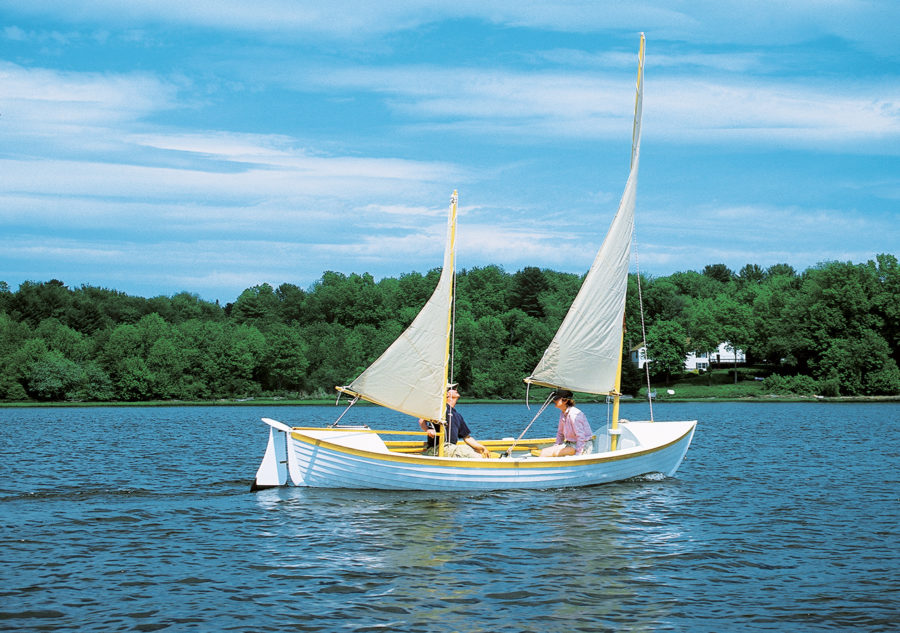
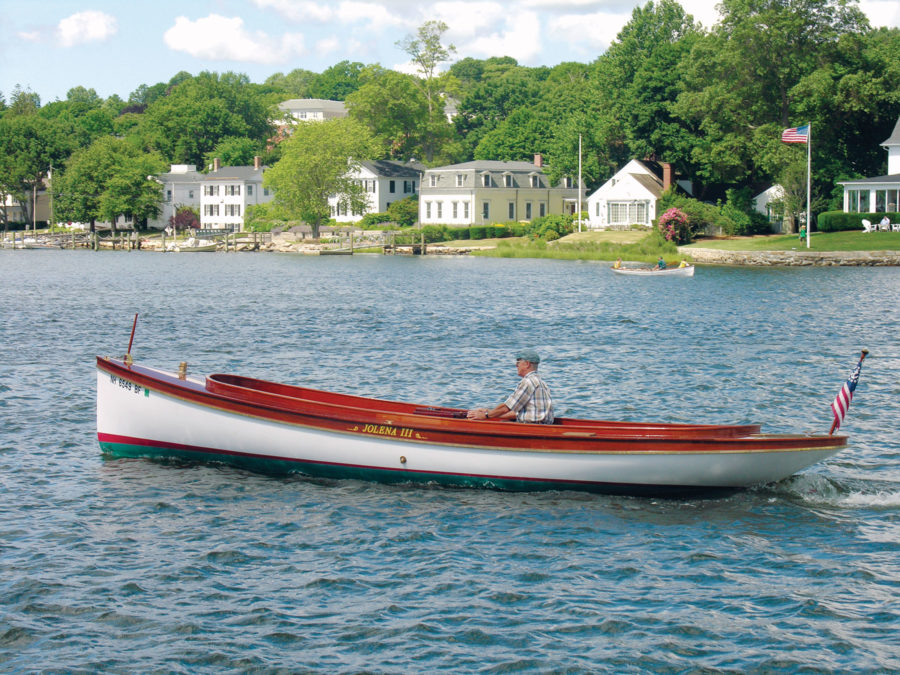
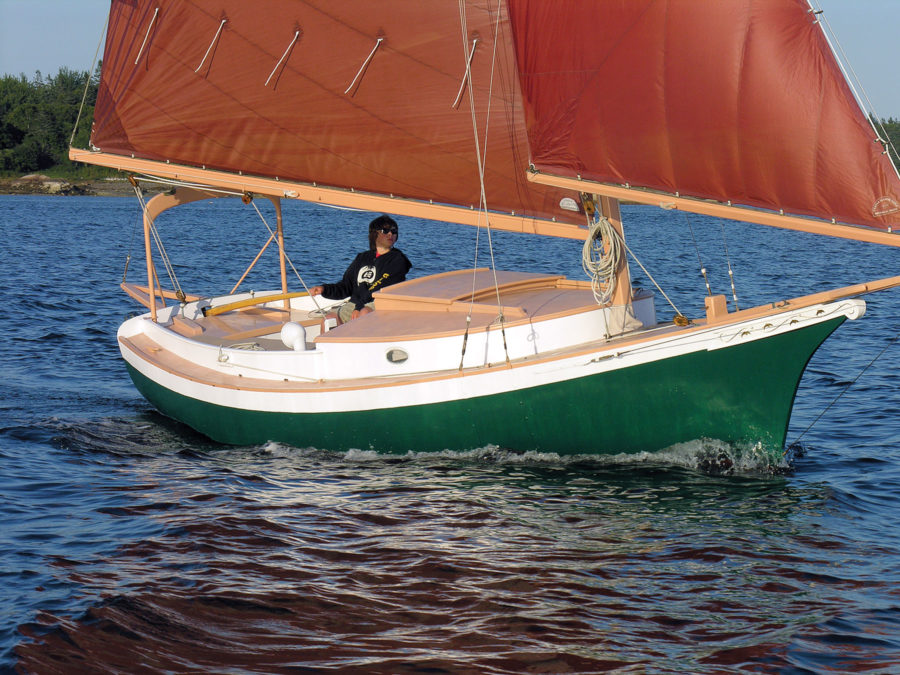
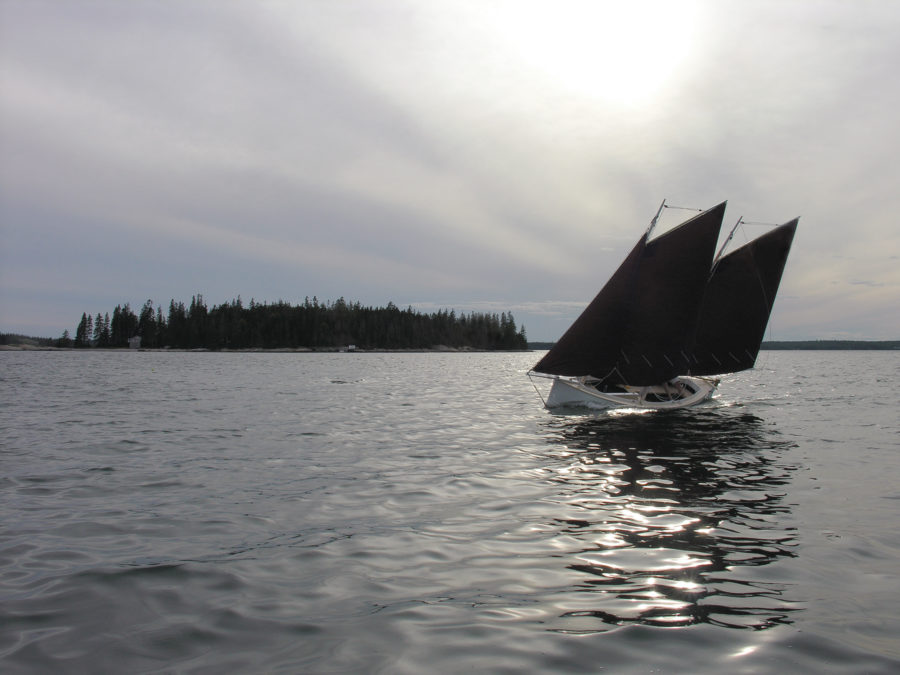
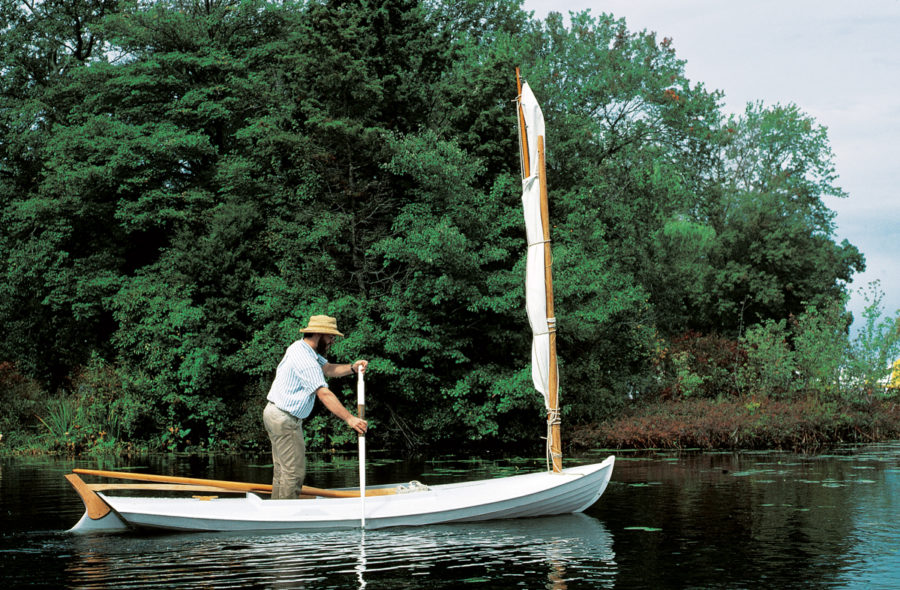
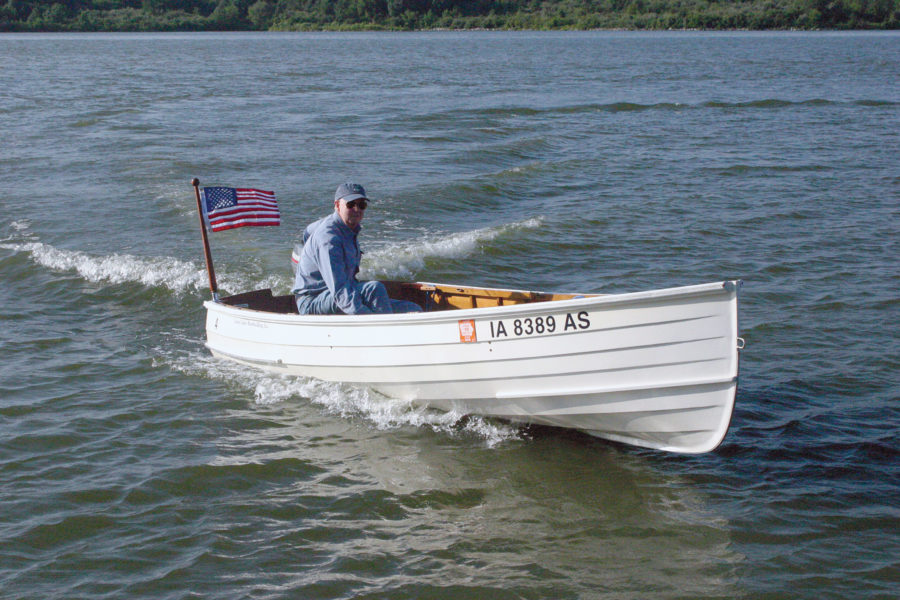
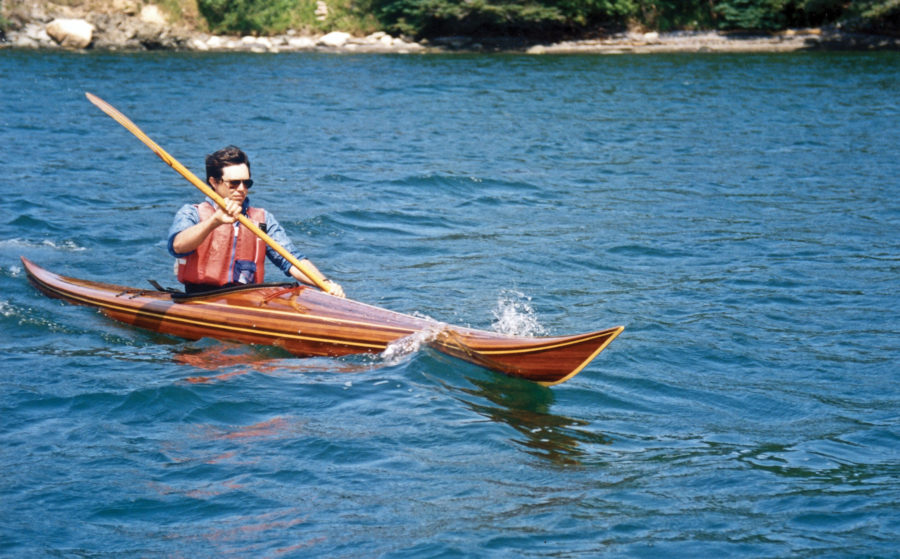
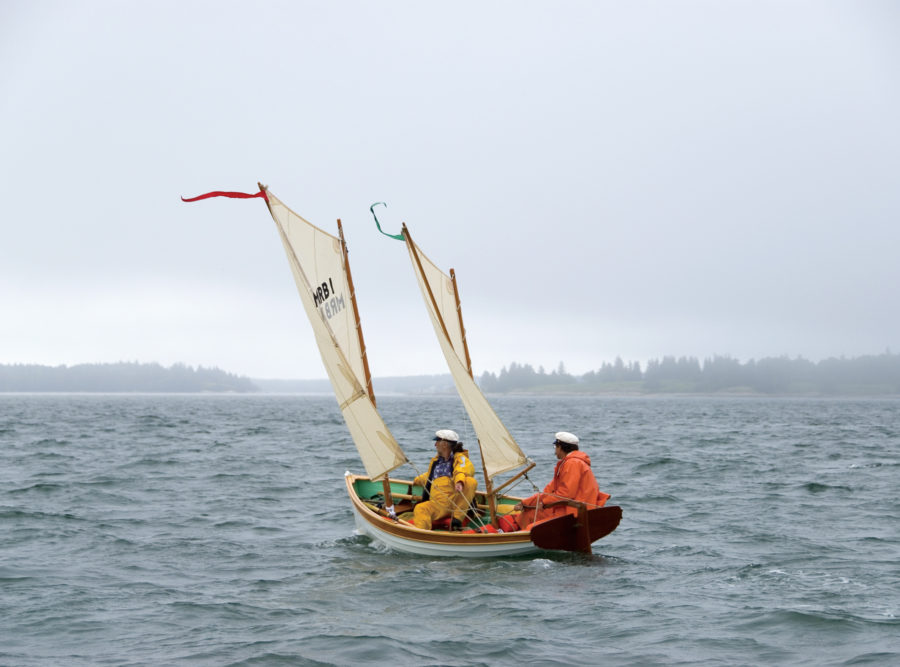
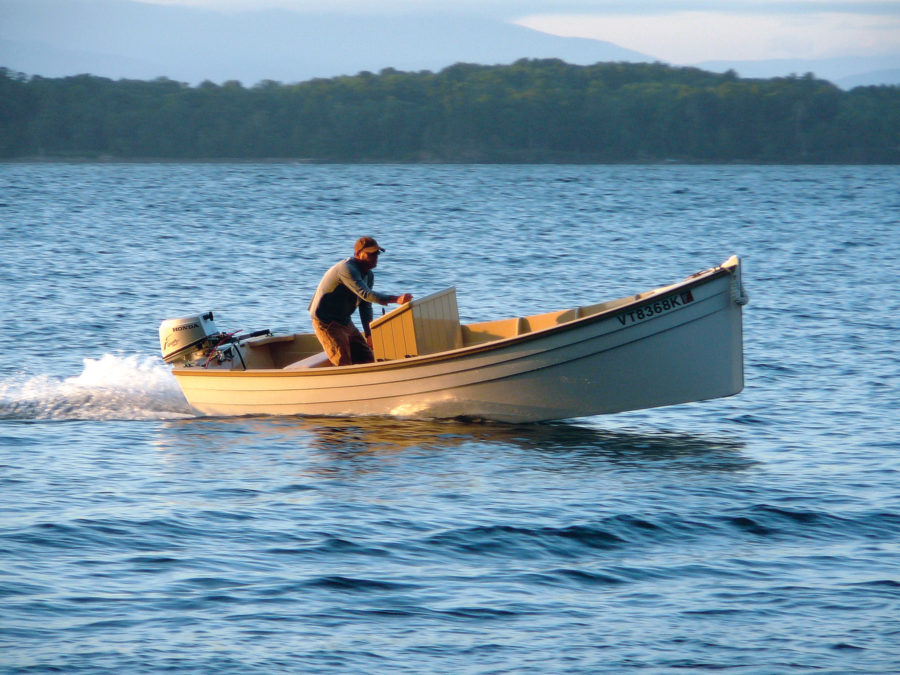
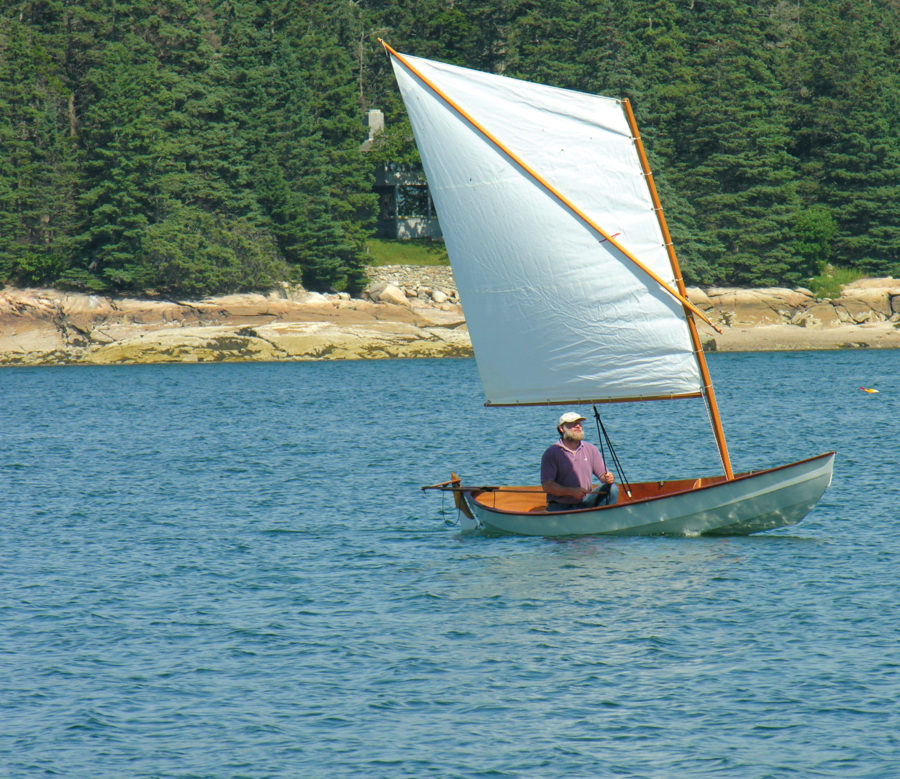
There’s another option for rigging this. Conor O’Brien had an 24′ boat he rigged as a Gunter Sprit.
The boat, as rigged with the many sheets, was a great teaching tool when I taught small boat sailing at WoodenBoat. Plenty for people to do. I recall a couple of turning blocks for the mainsail sheet that allowed the lead to go forward. And I recall it having ballast, but not sure if that was normal or not. Lots of sail moved it well in light air.
A good-sized boat for camp cruising on the Great Lakes. Weight not a problem with no tide, and lots of lines and complexity to play with while sailing.
As a sailmaker of small traditional sails, I am very interested in your comment that the peak and throat halyards were combined into one. Looking at the line drawing it shows that they are, as normal, two separate halyards. I realize that in Conner O’Brien’s book he suggested a single halyard system, but as such it was only a theoretical suggestion. If possible, please can you supply me with more information on this ‘single halyard system’?
Thanking you
Hi Richard,
Maybe your question has been answered, but in case not: it is actually one halyard if you zoom in on the drawing in the article. There is historic precedence for the single-halyard gaff rig. I remember reading about it in American Small Sailing Craft. It might have been in Mackinaw boats, but my recollection was that it was an East-Coast type. Anyway, in the drawing, the halyard starts at the becket of the peak block, thence around the upper mast block, back through the peak block, down along the top of the gaff, through the throat block, and up and through the lower mast block, and finally down the mast. Getting the proportions right are, I imagine, key to getting the right tension split between throat and peak. It struck me as such a clever arrangement years ago, and was surprised it wasn’t more common. I didn’t know it was in use in a “modern” design until finding this article just now! Hope that helps.
I have a 28′ Egret sharpie, cat ketch rigged, built by Geoff Kerr. This boat has the single halyard gaff on both main and mizzen. It is simple and easy to rig and sail single handed.
Dr Jones, may I ask you to explain how this vessel was reefed? When easing the halyard, doesn’t the peak tend to drop first?
Thank you
I own a Crotch Island Pinky designed and built by the late Peter Van Dine. I’ve often thought that a rig similar to this, possibly without the headsail, might be better looking than the spritsail sail plan it has now. The boat was also lauded in Howard Chapelle’s book. I’m not one for changing for changes sake but I’m not versed in the spritsail rig and would be interested in the single-halyard gaff as an alternative. It’s a very similar design but this seems a bit overpowered, in my opinion.